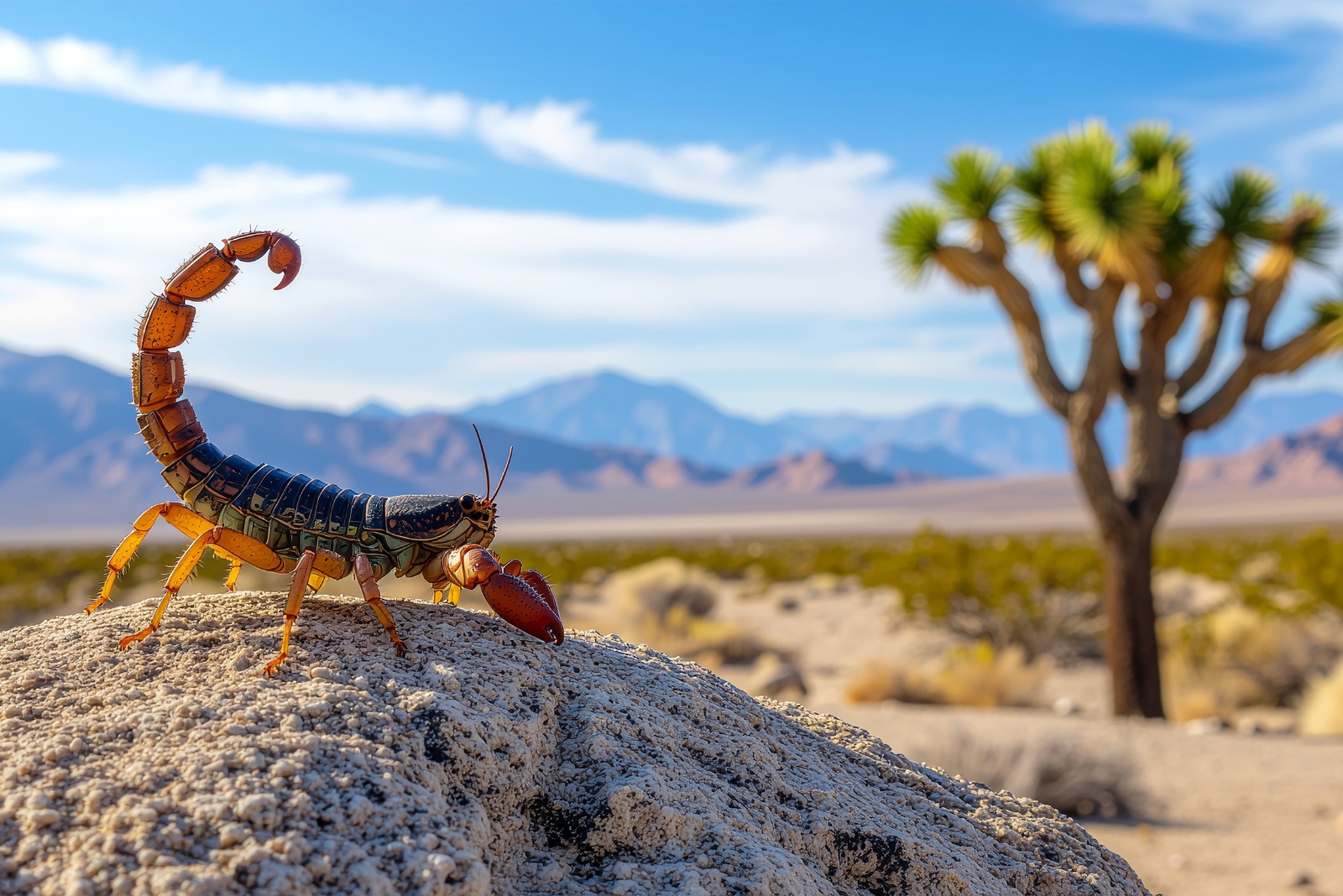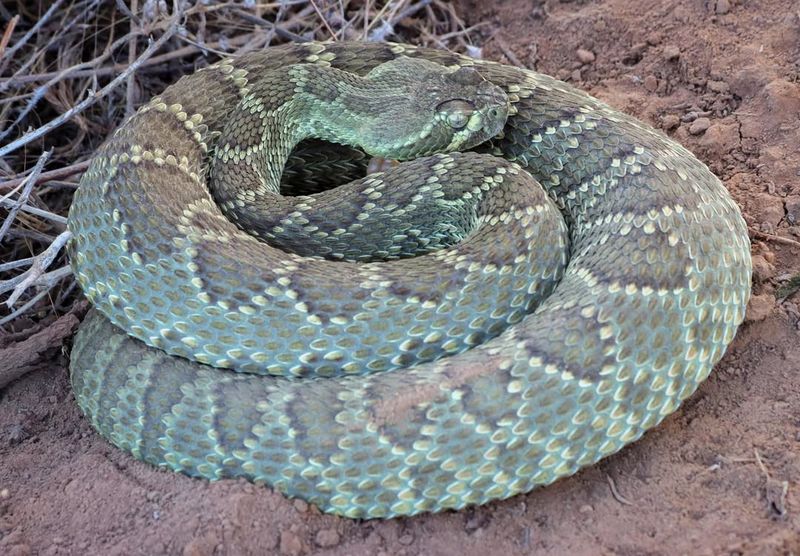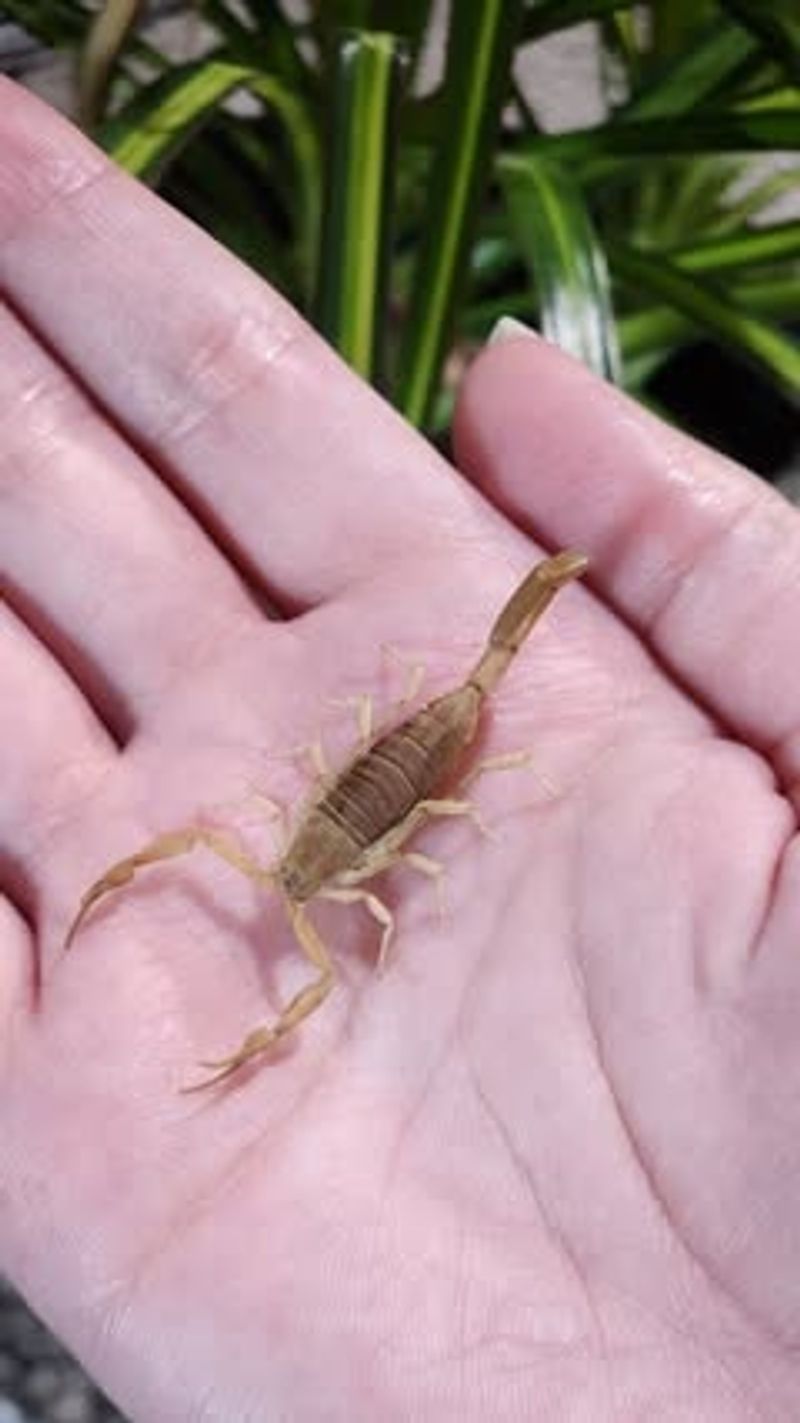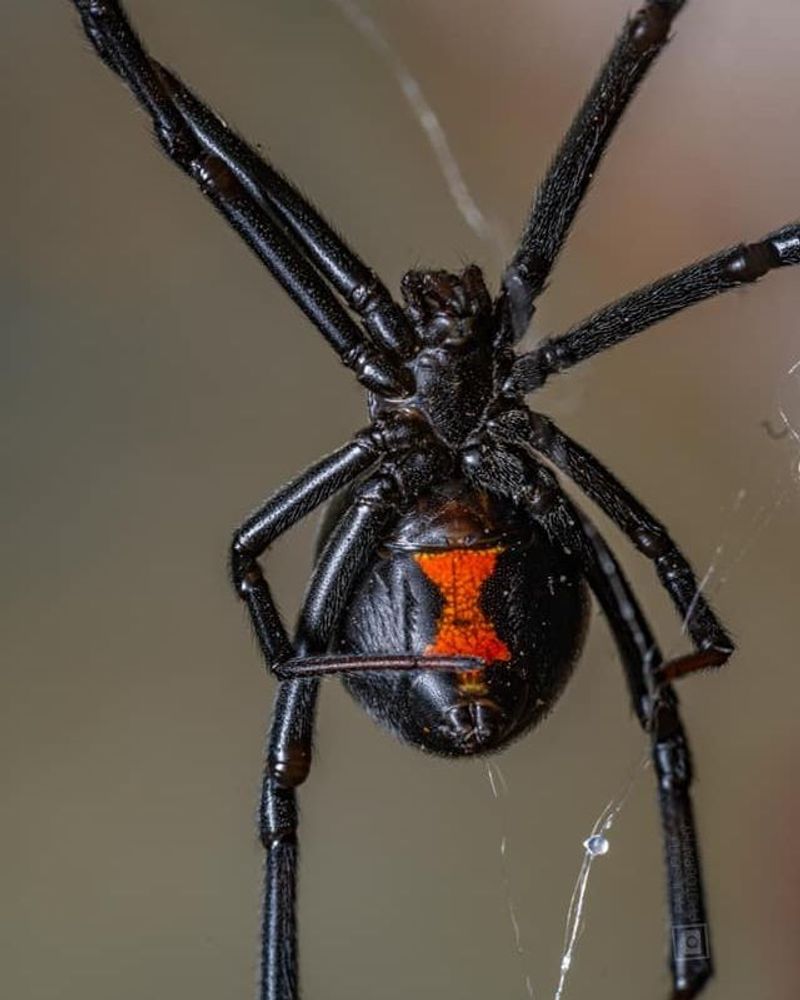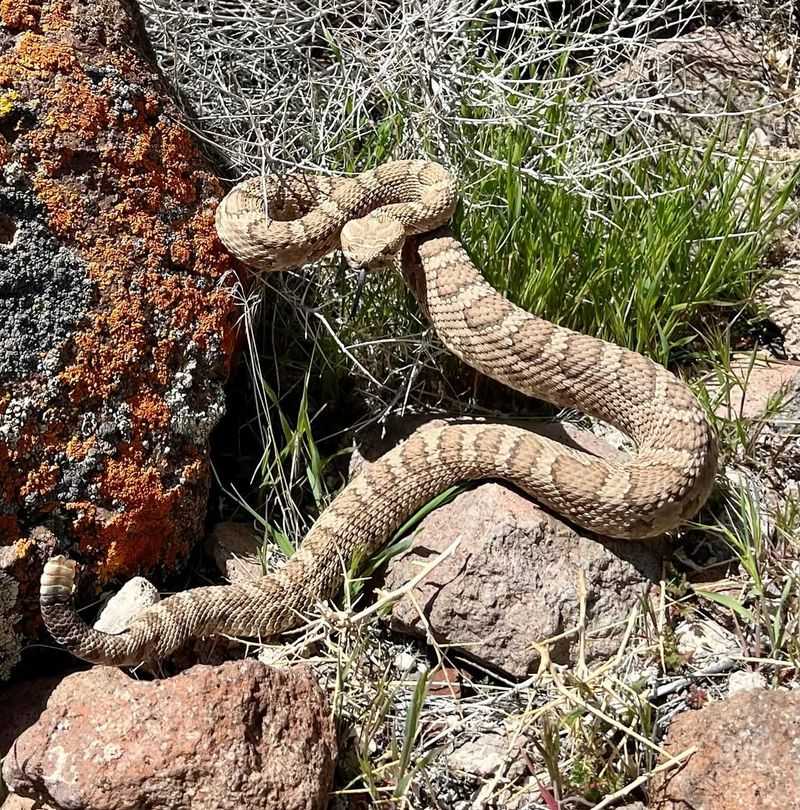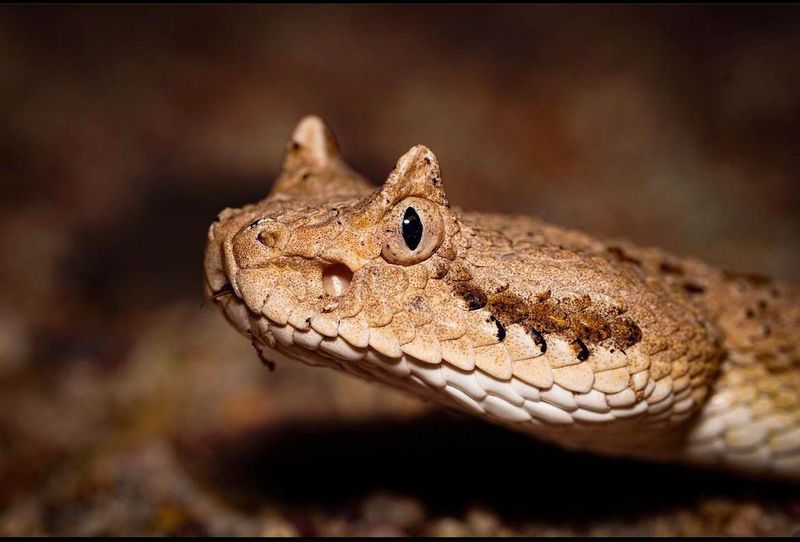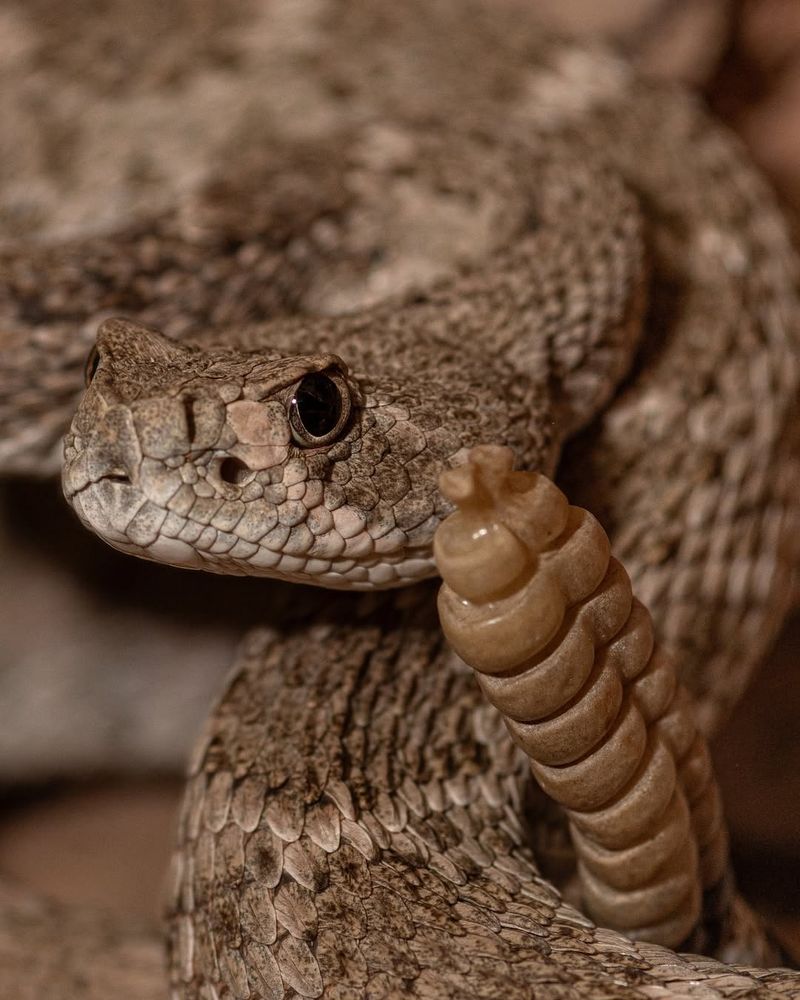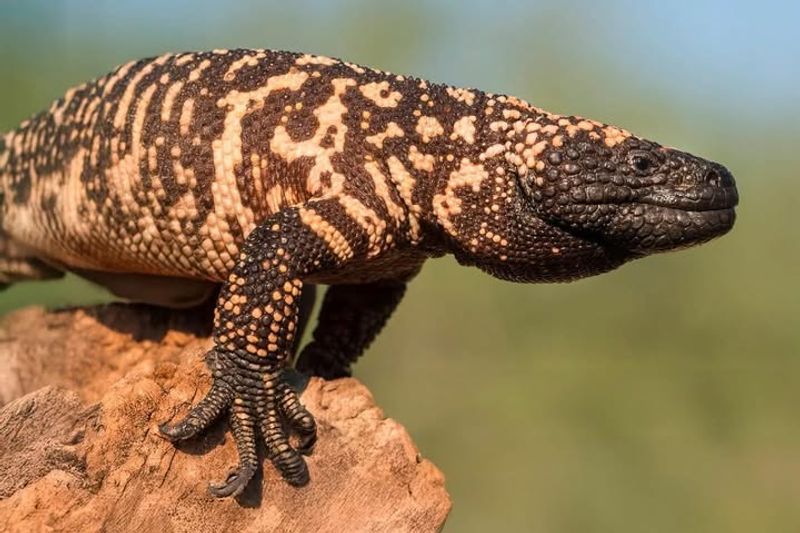Nevada’s landscape hides a handful of venomous creatures that are easy to overlook. I’ve learned to check certain spots after running into one unexpectedly.
A little awareness makes outdoor time much safer. Knowing what’s out there helps you stay confident on your property.
1. Mojave Rattlesnake
Considered one of the most dangerous rattlers in North America, this serpent packs venom that attacks both blood cells and the nervous system simultaneously. Nevada hikers encounter these snakes frequently during warmer months, especially near rocky outcrops and desert scrub.
Their greenish-gray color helps them blend perfectly with Nevada’s landscape. If you hear that distinctive rattle sound, freeze immediately and back away slowly without making sudden movements.
2. Bark Scorpion
Tiny but terrifying, bark scorpions deliver stings that cause intense pain, numbness, and sometimes breathing difficulties. These nocturnal hunters love hiding in shoes, towels, and woodpiles throughout Nevada homes.
Always shake out clothing and bedding before use if you live in scorpion territory. Their pale tan color makes them nearly invisible against walls and rocks. Young children and elderly people face the highest risk from their venom.
3. Western Black Widow Spider
Sporting a shiny black body with that famous red hourglass marking, female black widows possess venom fifteen times stronger than a rattlesnake’s. Nevada residents find these spiders lurking in garages, sheds, and outdoor furniture regularly.
Males are harmless and much smaller than females. Only the ladies bite when threatened or protecting egg sacs. Muscle cramps, nausea, and severe abdominal pain follow most bites, requiring immediate medical attention for proper treatment.
4. Great Basin Rattlesnake
Found throughout northern Nevada’s sagebrush country, this rattler prefers cooler climates than its Mojave cousin. Brown and tan blotches help it disappear among rocks and dried vegetation perfectly.
During spring and fall, they’re most active during daylight hours when temperatures feel comfortable. Summer heat drives them to hunt at dusk and dawn instead. Their venom causes tissue damage and extreme pain, though bites rarely prove fatal with prompt medical care available across Nevada.
5. Desert Hairy Scorpion
As Nevada’s largest scorpion species, these yellowish creatures can stretch up to six inches long! Despite their intimidating size, their sting feels similar to a bee sting for most healthy adults.
Fine hairs covering their bodies give them their quirky name. They hunt beetles and other insects across Nevada’s desert floors at night. Kids might experience stronger reactions to stings, including swelling and prolonged pain lasting several hours or more.
6. Sidewinder Rattlesnake
Watch how this snake moves sideways across hot Nevada sand, leaving distinctive J-shaped tracks behind! Horn-like scales above their eyes make sidewinders easy to identify among other desert rattlers.
Their unique movement keeps most of their body off scorching sand while traveling. Perfectly adapted to Nevada’s harshest desert environments, they’re most active during cooler evening hours. Venom causes significant pain and swelling, but deaths remain extremely rare when victims receive proper antivenom treatment quickly.
7. Western Diamondback Rattlesnake
Bold diamond patterns running down their backs make these rattlers unmistakable when spotted in southern Nevada regions. They’re generally less aggressive than Mojave rattlers but still demand serious respect and caution.
Black and white bands circle their tails just before the rattle section. These heavy-bodied snakes can strike quickly when cornered or surprised. Nevada wildlife officials recommend keeping a safe distance of at least six feet from any rattlesnake encountered in the wild outdoors.
8. Gila Monster
Did you know Nevada hosts one of only two venomous lizard species in North America? These chunky, slow-moving reptiles sport stunning orange and black beaded patterns across their thick bodies beautifully.
Found mainly in southern Nevada’s warmest regions, they spend most time underground in burrows. Gila monsters bite and chew to inject venom, causing excruciating pain and swelling. Fortunately, they’re quite docile and rarely bite unless handled or seriously provoked by curious people.
9. Speckled Rattlesnake
Masters of camouflage, speckled rattlers match whatever rock color surrounds them in Nevada’s varied terrain. Some appear nearly white while others look dark gray or reddish-brown depending on their home environment.
Rocky hillsides and canyon walls serve as their favorite hangouts statewide. Their excellent camouflage makes accidental encounters more likely during hikes. Always watch where you place hands and feet when climbing or scrambling across Nevada’s beautiful but potentially dangerous rocky landscapes and trails.

